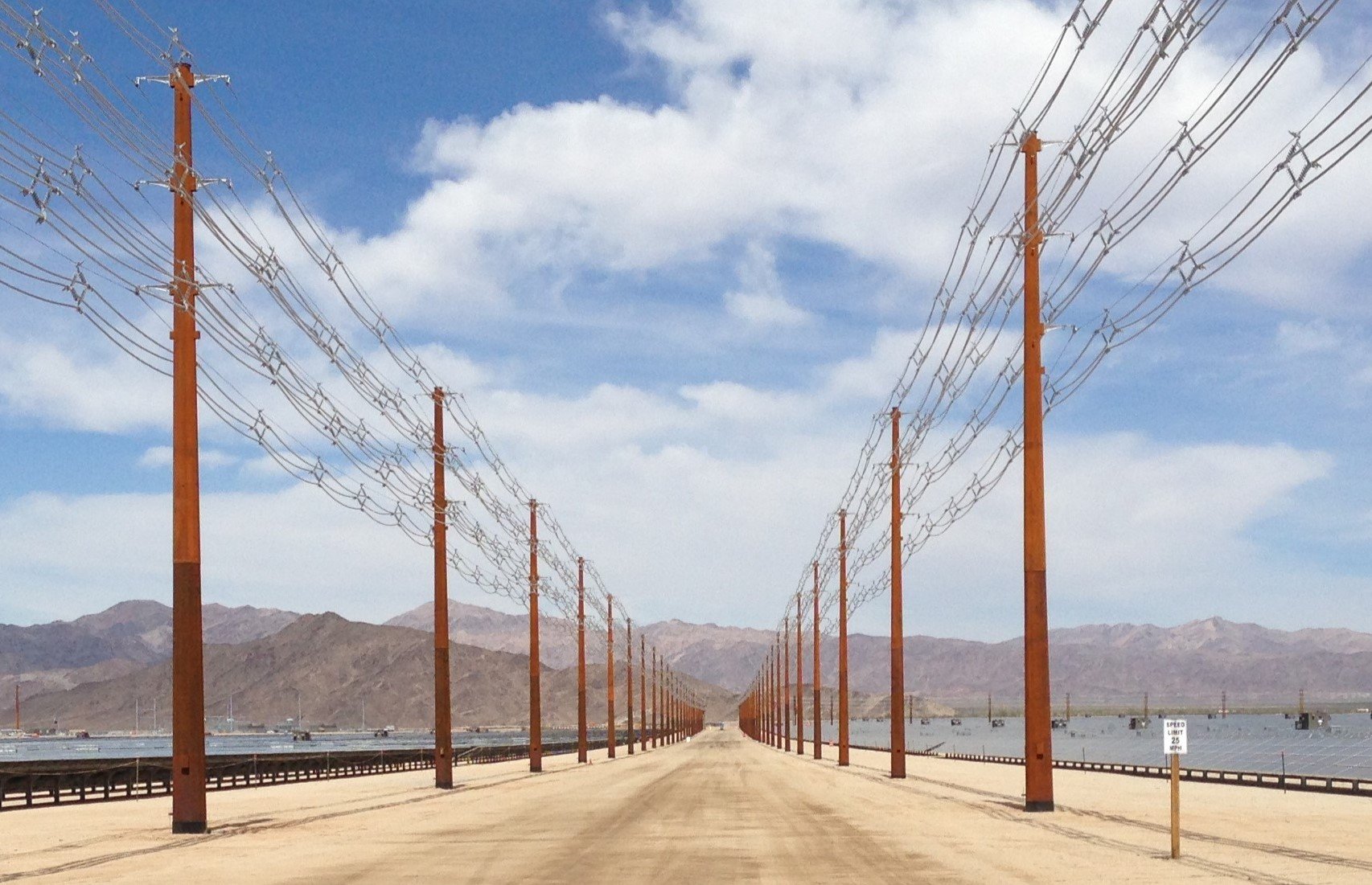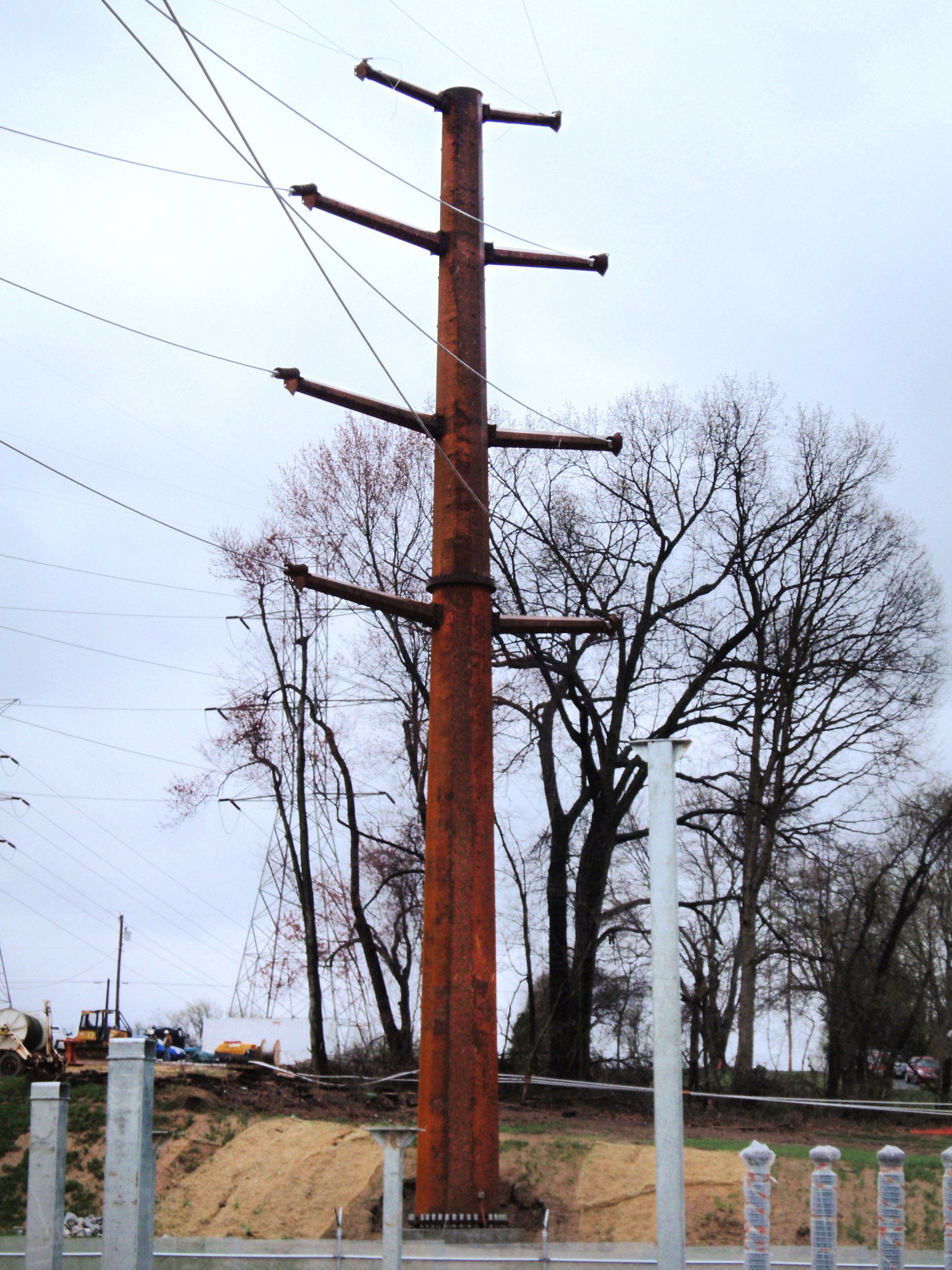If you’ve ever seen structures with a reddish-brown color and thought it's rusting and needs to be replaced, that may not be the case. The unique color may be the product of weathering steel. Where uncoated steel falls victim to varying weather conditions, weathering steel can thrive in the right conditions.
What is weathering steel?
Weathering steel is a special type of low-alloy structural steel. (Common designations for high-strength plates are ASTM, A871, and A588.) These elements work together to provide strength and corrosion resistance to the atmosphere. The elements interact and contribute to form a stable oxide layer. This promotes the development of the patina, the dense layer of corrosion materials that acts as a barrier to any further corrosion of the steel.

As time passes and different weather conditions come and go, a thin layer of corrosion forms on the surface of the steel, changing its color from the original black steel, to reddish-orange, and finally to a deep purple-brown color you see on many structures. This fully developed patina layer shields the structure from direct contact with moisture and oxygen, slowing the corrosion process. It is important to note that this process and the formation of the patina don’t happen overnight. It takes time and exposure for it to fully develop.
For utility structures, the owner may specify blast cleaning of the steel prior to delivery for an additional cost. The blast cleaning provides a uniform weathered appearance until the uniform oxide coating forms. (Note: If aesthetics is not required in the initial years, even the nonblasted steel will form a final uniform layer.)
Weathering steel is commonly used in architectural applications, such as buildings, bridges, and outdoor sculptures. It is used in the utility industry when owners want their transmission line to look more natural than the shiny silver of galvanized structures. This is due to its aesthetic appearance as well as its durability. It can also be used for shipping containers, railcars, and roofing.
Pros and cons of using weathering steel
Weathering steel has many attributes that make it desirable:
- Corrosion Resistance: As previously stated, the most compelling feature of weathering steel is its ability to resist corrosion. This reduces the need for maintenance and additional coatings or layers of paint.
- Visual Appeal: The rusty patina provides a unique appearance that blends well with natural and industrial landscapes.
- Durability: The resistance to environmental conditions helps weathering steel stay durable longer. Studies have shown that these structures can last several decades in the right environments with little maintenance. As a result, it's important that the inside of the structure is well-ventilated or fully sealed to prevent moisture. By the time the protection wears off, the structure has usually already reached its design life from other factors.
- Design: Weathering steel material can be purchased with the same material strengths as regular carbon steel, making the design of the structures the same with either material.
Looking at those characteristics, weathering steel may seem like the way to go. But some factors should be considered before hitting the go button:
- Special Environments: Certain weather conditions can lead to corrosive resistance. Conditions such as high-chlorine environments, high humidity, and salty air can accelerate the corrosion process. The best type of environment is one that experiences wet and dry cycles.
- Potential Staining: Another downside to the material is though the rust can be aesthetically appealing, it can also stain attachments and structures around. During the formation of the patina, some of the rust may run off onto nearby surfaces discoloring them.
- Limited Availability: Weathering steel may not be as accessible as traditional steel in some areas, causing longer lead times or higher material costs.
The hardware assembly for weathering steel also differs from that of traditional galvanized steel. Our blog post What You Need To Know About Weathering Steel Hardware Assembly goes into more detail about the hardware differences between galvanized and weathering steel.
With all these considerations, weathering steel can be beneficial for your project depending on the structure's demands, environment, and design. Proper engineering and design are crucial to ensuring the structural integrity and effectiveness of components. DIS-TRAN Steel has experts in both traditional and weathering steel design. Contact DIS-TRAN Steel today to find out what we have to offer and how we can provide the precision and expertise your project needs.

